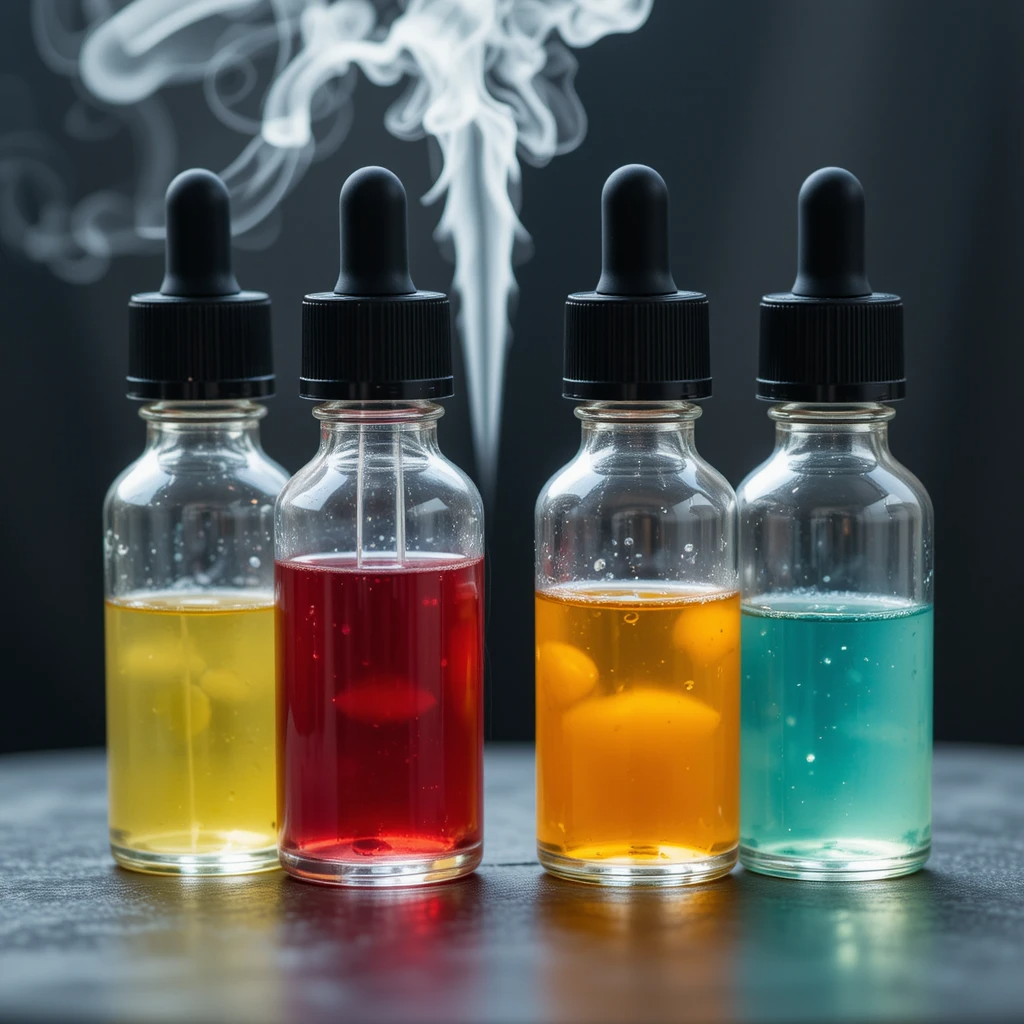DIY Vape Juice Blending Raises Health and Safety Issues
DIY vape juice has attracted a growing number of users seeking personalized flavors and cost-effective alternatives to commercial products. However, as more individuals attempt to create their own e-liquids, concerns about health and safety continue to emerge. Inexperienced users often work without proper guidance, using ingredients that may not be safe for inhalation. Additionally, there is little oversight or quality control in home-based mixing setups. This trend has drawn attention from public health experts, who warn that improper handling of chemicals could lead to serious respiratory risks or skin exposure. While online forums offer some instruction, much of the information remains unverified. As this practice spreads, the urgency for awareness and responsible practices becomes increasingly evident.
DIY Vape Juice Enthusiasts Face Unregulated Territory
Despite its popularity, the world of personal e-liquid blending remains largely unregulated. While commercial manufacturers must follow strict standards, individuals who mix at home face no such obligations. This gap in oversight leaves room for inconsistency and potential harm. For instance, flavor concentrates sold for baking are sometimes repurposed for vaping, even if they contain oils or additives that become toxic when heated. Moreover, users rarely test nicotine strength accurately, leading to possible overexposure. Without access to professional-grade equipment, many rely on improvised tools and guesswork. As a result, there is a growing call for guidelines, especially among those concerned with long-term effects. Although hobbyists value freedom and creativity, safety cannot be compromised.
Lack of Education Increases Risk
Many people enter the practice with limited understanding of chemistry or toxicology. Basic concepts such as safe storage, correct measurement, and cross-contamination prevention are often overlooked. Additionally, the absence of standardized labels or batch testing makes it difficult to track or verify what users are inhaling. This problem is amplified by misinformation on social media, where viral tutorials sometimes promote unsafe techniques. To address this, health organizations and some online communities have begun offering structured educational content. These initiatives encourage best practices and aim to reduce avoidable accidents. Still, without consistent outreach, many first-time mixers remain unaware of the risks involved.
New Cases Raise Public Health Concerns
Reports have begun surfacing of users experiencing adverse effects after using improperly mixed liquids. In some cases, symptoms range from nausea and headaches to severe lung irritation. Medical professionals struggle to diagnose these cases quickly, as ingredients vary widely and are not always disclosed. This unpredictability complicates treatment and raises alarms within the medical community. Consequently, some doctors now recommend that individuals avoid homemade blends unless trained in proper handling. Regulatory bodies in several countries have started evaluating how to approach the issue, but action has been limited so far. Until clearer rules emerge, the burden remains on consumers to stay informed and cautious.
Clearer Standards and Tools May Improve Safety
Several industry stakeholders have proposed solutions aimed at minimizing risk. One idea involves developing affordable testing kits that allow users to verify nicotine levels and ingredient purity at home. Another suggestion is the introduction of certified flavor concentrates specifically designed for safe vaporization. Retailers could also contribute by offering beginner-friendly kits accompanied by safety manuals. Although some of these resources already exist, they remain underutilized. Wider promotion and clearer labeling would help bridge the gap between curiosity and safety. As the market for personal blending grows, implementing accessible tools and educational content could play a crucial role in reducing harm and promoting informed decisions.














